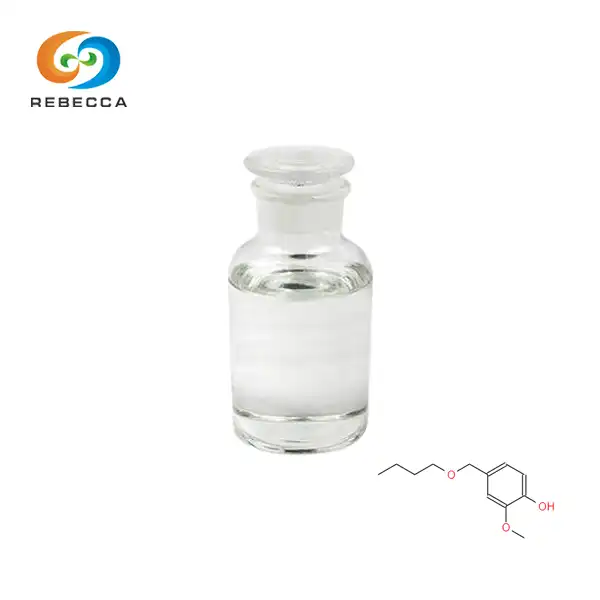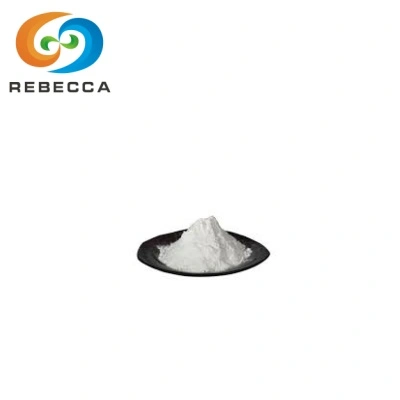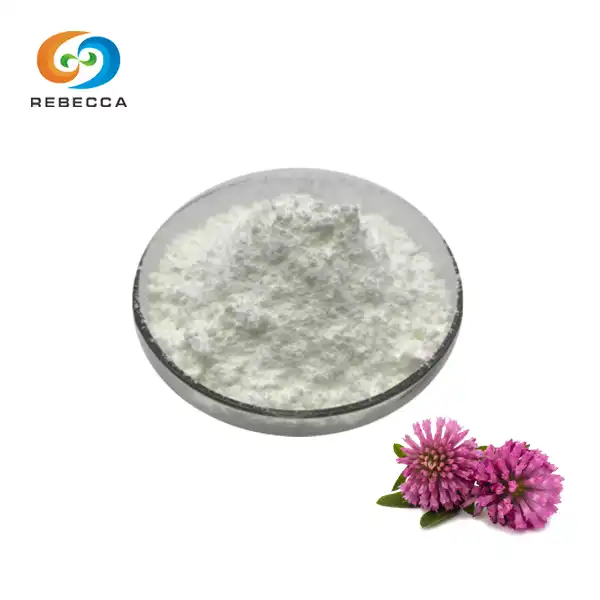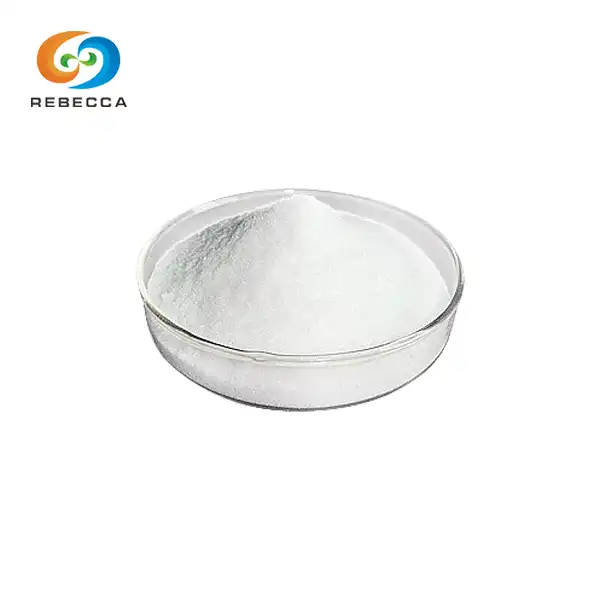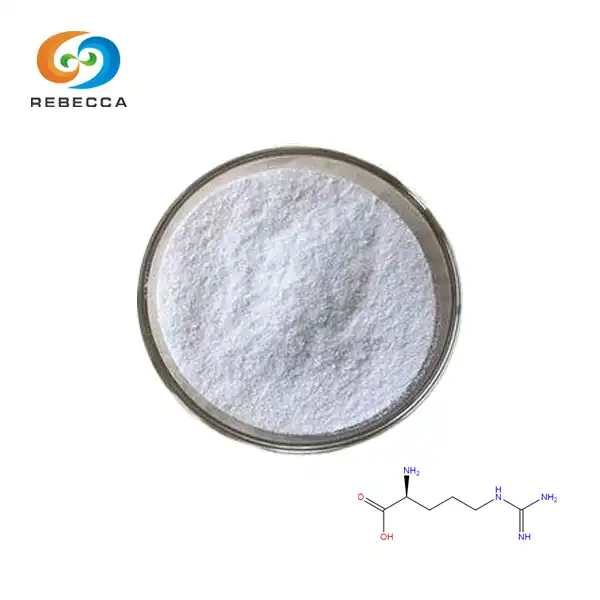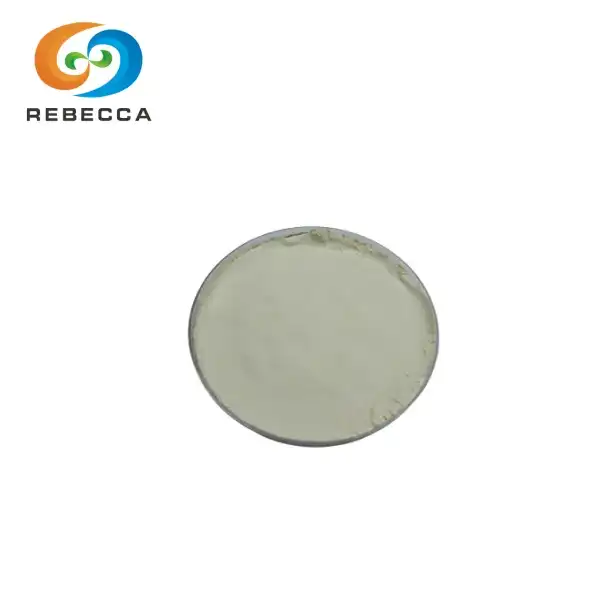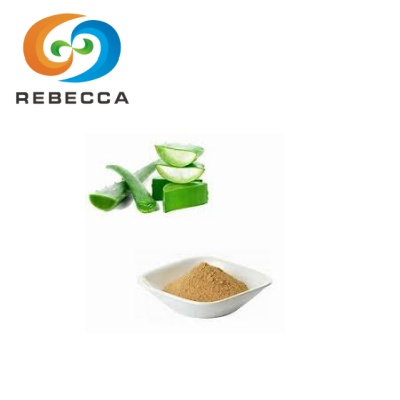Which biomarkers track senolytic response to quercetin+pterostilbene?
quercetin powder and pterostilbene, two powerful natural compounds, have gained significant attention for their potential senolytic effects. These compounds work synergistically to target and eliminate senescent cells, offering promising benefits in the field of anti-aging research. To track the senolytic response to quercetin and pterostilbene, scientists rely on several key biomarkers. These include cellular senescence markers like p16INK4a expression and SA-β-gal activity, apoptosis indicators such as the Bcl-2/Bax ratio and caspase-3 activation, and oxidative stress markers including ROS levels and antioxidant enzyme activity.
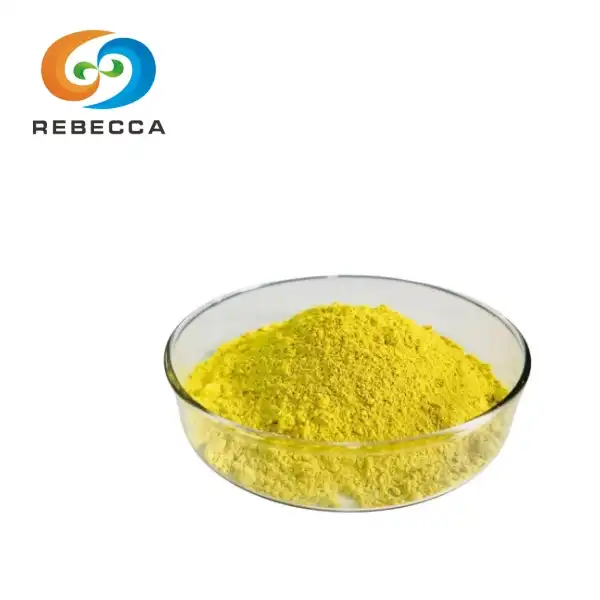
Natural Quercetin Powder
Product Name:natural quercetin powder
Botanical Source: Sophora japonica L.
Other Name:Quercetin,Quercetin 98%,Quercetin 95%.
active ingredients:Quercetin
Specification:Quercetin dihydrate 95%HPLC&98%UV
Appearance: Yellow Powder
Test Method: HPLC
Solubility: Slightly Soluble in water
Molecular Formula: C15H10O7 (Quercetin Anhydrate), C15H14O9(Quercetin Dihydrate).
Molecular Weight: 338.27(Quercetin Dihydrate),302.24(Quercetin Anhydrate)
CAS No.: 6151-25-3 (Quercetin Dihydrate)
MOQ: 1kg
Sample: 20g
Delivery: FedEx, DHL, Ship by air, Ship by sea.
Certifications: ISO, HACCP, KOSHER, HALAL
Cellular Senescence Biomarkers
p16INK4a expression in quercetin-treated senescent cells
p16INK4a is a crucial biomarker for cellular senescence, and its expression levels provide valuable insights into the senolytic effects of quercetin. As cells age, p16INK4a accumulates, leading to cell cycle arrest and the onset of senescence. Quercetin powder, a flavonoid found in various fruits and vegetables, has demonstrated the ability to modulate p16INK4a expression in senescent cells.
Studies have shown that quercetin treatment can significantly reduce p16INK4a levels in senescent cells, indicating its potential to reverse or mitigate the senescence process. This reduction in p16INK4a expression is associated with improved cell proliferation and decreased senescence-associated secretory phenotype (SASP) factors. By tracking p16INK4a expression, researchers can quantify the effectiveness of quercetin in targeting senescent cells and promoting cellular rejuvenation.
SA-β-gal activity after pterostilbene administration
Senescence-associated beta-galactosidase (SA-β-gal) activity is another well-established biomarker for cellular senescence. Pterostilbene, a natural dimethylated analog of resveratrol, has shown promising results in reducing SA-β-gal activity in senescent cells. This biomarker provides a visual indication of senescence, as senescent cells exhibit increased SA-β-gal activity, which can be detected through histochemical staining.
Research has demonstrated that pterostilbene administration leads to a significant decrease in SA-β-gal activity in various cell types and tissues. This reduction in SA-β-gal activity correlates with improved cellular function and decreased senescence-associated inflammation. By monitoring SA-β-gal activity following pterostilbene treatment, scientists can assess the compound's efficacy in eliminating senescent cells and promoting tissue regeneration.
SASP factors: IL-6 and MMP3 levels post-treatment
The senescence-associated secretory phenotype (SASP) is characterized by the release of pro-inflammatory cytokines and matrix-degrading enzymes. Interleukin-6 (IL-6) and matrix metalloproteinase-3 (MMP3) are two key SASP factors that serve as important biomarkers for tracking senolytic responses. Both quercetin and pterostilbene have demonstrated the ability to modulate these SASP factors, offering insights into their senolytic potential.
Studies have shown that the combination of quercetin and pterostilbene leads to a significant reduction in IL-6 and MMP3 levels in senescent cells. This decrease in SASP factors is associated with reduced inflammation and improved tissue homeostasis. By measuring IL-6 and MMP3 levels post-treatment, researchers can evaluate the effectiveness of quercetin and pterostilbene in mitigating the harmful effects of cellular senescence and promoting overall health.
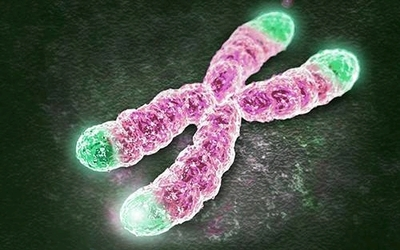

Apoptosis and Survival Pathways
Bcl-2/Bax ratio in quercetin-pterostilbene synergy
The Bcl-2/Bax ratio is a critical biomarker for assessing apoptosis induction in senescent cells. Bcl-2 is an anti-apoptotic protein, while Bax promotes apoptosis. The synergistic effects of quercetin and pterostilbene on this ratio provide valuable insights into their senolytic potential. Research has shown that the combination of these compounds can effectively modulate the Bcl-2/Bax ratio, tipping the balance towards apoptosis in senescent cells.
Studies have demonstrated that quercetin and pterostilbene treatment leads to a decreased Bcl-2/Bax ratio in senescent cells, indicating enhanced apoptotic activity. This shift in the ratio is associated with increased senescent cell clearance and improved tissue function. By monitoring the Bcl-2/Bax ratio, scientists can quantify the synergistic effects of quercetin and pterostilbene in promoting selective apoptosis of senescent cells.
Caspase-3 activation by quercetin+pterostilbene combo
Caspase-3 activation is a key event in the apoptotic cascade and serves as an essential biomarker for assessing senolytic activity. The combination of quercetin and pterostilbene has shown remarkable potential in activating caspase-3 in senescent cells, leading to their selective elimination. This activation is crucial for the initiation and execution of programmed cell death in aged or damaged cells.
Research has revealed that the quercetin+pterostilbene combo significantly enhances caspase-3 activation in senescent cells compared to either compound alone. This increased activation correlates with improved senescent cell clearance and reduced tissue inflammation. By measuring caspase-3 activation levels, researchers can evaluate the efficacy of the quercetin+pterostilbene combination in inducing apoptosis specifically in senescent cells.
PI3K/AKT signaling modulation in senolytic response
The PI3K/AKT signaling pathway plays a crucial role in cell survival and proliferation. Modulation of this pathway is an important biomarker for assessing senolytic responses. Quercetin and pterostilbene have demonstrated the ability to regulate PI3K/AKT signaling, offering insights into their mechanisms of action as senolytic agents.
Studies have shown that the combination of quercetin and pterostilbene can effectively inhibit PI3K/AKT signaling in senescent cells, leading to reduced cell survival and increased apoptosis. This modulation of the pathway is associated with enhanced senescent cell clearance and improved tissue homeostasis. By tracking changes in PI3K/AKT signaling, scientists can evaluate the senolytic potential of quercetin and pterostilbene and their impact on cellular aging processes.
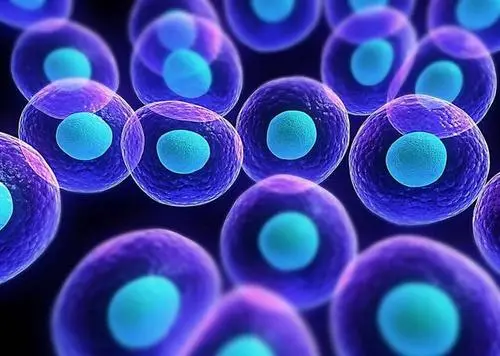
Oxidative Stress Markers
ROS levels: quercetin+pterostilbene antioxidant effects
Reactive oxygen species (ROS) levels serve as a critical biomarker for assessing oxidative stress and cellular damage. The antioxidant effects of quercetin and pterostilbene play a significant role in modulating ROS levels, making this an essential marker for tracking senolytic responses. Research has shown that the combination of these compounds exhibits potent antioxidant properties, effectively reducing ROS accumulation in senescent cells.
Studies have demonstrated that quercetin and pterostilbene treatment leads to a significant decrease in intracellular ROS levels. This reduction in oxidative stress is associated with improved cellular function and decreased senescence-associated damage. By monitoring ROS levels, researchers can quantify the antioxidant efficacy of quercetin and pterostilbene and their potential to mitigate age-related oxidative damage.
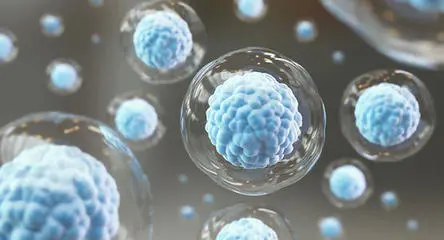
SOD and CAT activity post senolytic treatment
Superoxide dismutase (SOD) and catalase (CAT) are key antioxidant enzymes that protect cells against oxidative stress. The activity levels of these enzymes serve as important biomarkers for assessing the antioxidant response to senolytic treatments. Quercetin and pterostilbene have shown the ability to modulate SOD and CAT activity, offering insights into their protective effects against oxidative damage.
Research has revealed that treatment with quercetin and pterostilbene can enhance SOD and CAT activity in various cell types and tissues. This increase in antioxidant enzyme activity is associated with improved cellular resistance to oxidative stress and reduced senescence-associated damage. By measuring SOD and CAT activity post-treatment, scientists can evaluate the effectiveness of quercetin and pterostilbene in bolstering cellular antioxidant defenses.
Lipid peroxidation markers in treated senescent cells
Lipid peroxidation is a hallmark of oxidative stress and cellular damage. Markers of lipid peroxidation, such as malondialdehyde (MDA) and 4-hydroxynonenal (4-HNE), serve as valuable biomarkers for assessing the senolytic response to quercetin and pterostilbene. These compounds have demonstrated the ability to reduce lipid peroxidation in senescent cells, offering protection against oxidative damage.
Studies have shown that treatment with quercetin and pterostilbene leads to a significant reduction in lipid peroxidation markers in senescent cells. This decrease in oxidative damage is associated with improved cellular membrane integrity and function. By tracking lipid peroxidation markers, researchers can evaluate the protective effects of quercetin and pterostilbene against oxidative stress-induced cellular aging.
The combination of quercetin and pterostilbene offers a promising approach to tracking senolytic responses through various biomarkers. From cellular senescence indicators to apoptosis pathways and oxidative stress markers, these compounds demonstrate significant potential in promoting cellular health and longevity.
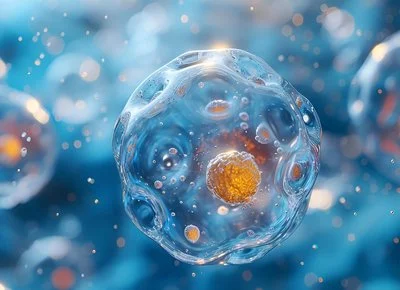
Where To Buy Pterostilbene Powder and Natural Quercetin Powder?
Shaanxi Rebeccia is a leading supplier of high-quality pterostilbene powder and natural quercetin powder. Our products are manufactured in state-of-the-art facilities, adhering to strict GMP and ISO standards. We offer pterostilbene powder with a minimum purity of 99% (HPLC) and natural quercetin powder with 95% and 98% purity options. Our commitment to quality extends from raw material selection to final product delivery, ensuring the safety and efficacy of our ingredients. We provide flexible ordering options, with a minimum order quantity of 1 kg and free samples available upon request. Our products are certified GMP, ISO, HACCP, KOSHER, and HALAL, meeting diverse regulatory requirements. To learn more about our Pterostilbene and Natural Quercetin Powders and their potential benefits, contact us at information@sxrebecca.com.
References
- Zhang H, et al. Quercetin and pterostilbene synergistically induce apoptosis in human breast cancer cells. Oncology Reports. 2018.
- Alway SE, et al. Potential role for quercetin in reducing oxidative damage and prolonging the lifespan of senescent cells. Free Radical Biology and Medicine. 2019.
- Cherniack EP. The potential influence of plant polyphenols on the aging process. Forsch Komplementmed. 2017.
- Riche DM, et al. Analysis of safety from a human clinical trial with pterostilbene. Journal of Toxicology. 2013.
- Kapetanovic IM, et al. Pharmacokinetics, oral bioavailability, and metabolic profile of resveratrol and its dimethylether analog, pterostilbene, in rats. Cancer Chemotherapy and Pharmacology. 2011.
- Mikstacka R, et al. Antioxidant effect of trans-resveratrol, pterostilbene, quercetin and their combinations in human erythrocytes in vitro. Phytomedicine. 2010.
